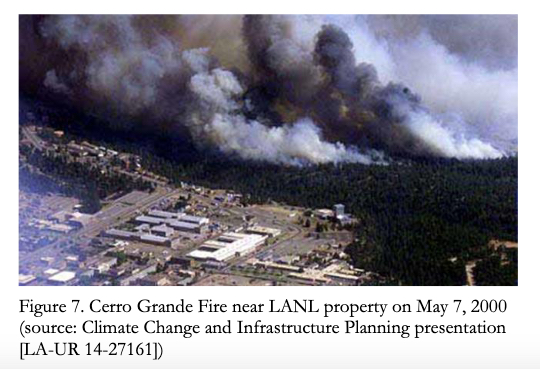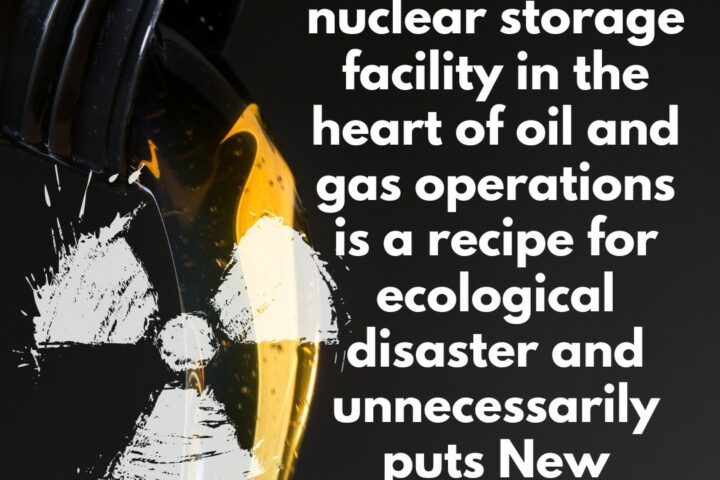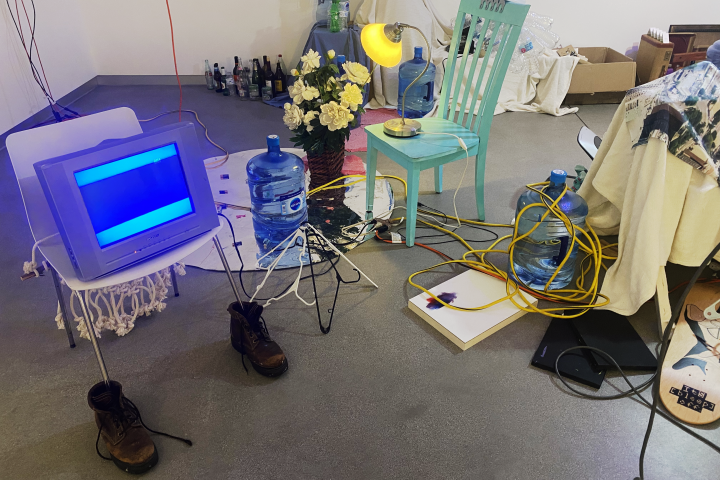By Jay Coghlan
Texas wildfires live updates: Blaze grows to 500k acres, leading to power outages, evacuations across the map nbcnews.com/news/us-news/live-blog/texas-wildfires-live-updates-huge-blaze-covers-300000-acres-forcing-ev
The 2000 Cerro Grande Fire burned 3,500 acres of Los Alamos National Lab property and more than 250 homes in the Los Alamos townsite (I could see the bursts of propane tanks from my house 25 miles away).
It would have been worse except for a 1999 LANL Site-Wide Environmental Impact Statement (SWEIS) which postulated a hypothetical wildfire that eerily matched the real fire. That hypothetical fire was in the final SWEIS only because citizens (i.e. me) pointed out that DOE did not consider wildfire risk in the draft SWEIS.
 As a formal mitigation measure pursuant to the final LANL SWEIS, the Lab cut fire lanes around the Area G waste dump which at the time has some 40,000 above-ground barrels of radioactive transuranic (i.e. mostly plutonium-contaminated) wastes. The Cerro Grande Fire burned within a half-mile of Area G. It could have been catastrophic had those barrels been breached, releasing respirable plutonium.
As a formal mitigation measure pursuant to the final LANL SWEIS, the Lab cut fire lanes around the Area G waste dump which at the time has some 40,000 above-ground barrels of radioactive transuranic (i.e. mostly plutonium-contaminated) wastes. The Cerro Grande Fire burned within a half-mile of Area G. It could have been catastrophic had those barrels been breached, releasing respirable plutonium.
Moreover, Lab and townsite officials consulted that hypothetical fire in the LANL SWEIS and then ordered the mandatory evacuations of both the Lab and the townsite. To me, this is concrete demonstration of the benefits to both the public and government of public comment processes required under the National Environmental Policy Act. Ironically, NNSA now refuses to complete a new programmatic environmental impact statement on expanded plutonium pit production and has greatly delayed a new LANL SWEIS (both were last done in 2008).
In 2011 the Las Conchas Fire swept 13 miles east in one day to the western boundary of LANL. It was stopped at state highway 4 as a fire break in an all-hands-on-deck effort.
The 2011 Las Conchas fire threatened the Los Alamos National Laboratory. CREDITBrian Klieson.
Both wildfires were dreaded “crown” fires, meaning basically that the crowns of timber were acting as carburetors in front of advancing heat (previously almost unheard of), making the wildfires very fast and dangerous. Some flames were as high as 200 feet.
Yes, climate change is going to change wildfire risk for the worse. That should be analyzed in new NEPA risk analyses. The last Pantex SWEIS was in 1996.


